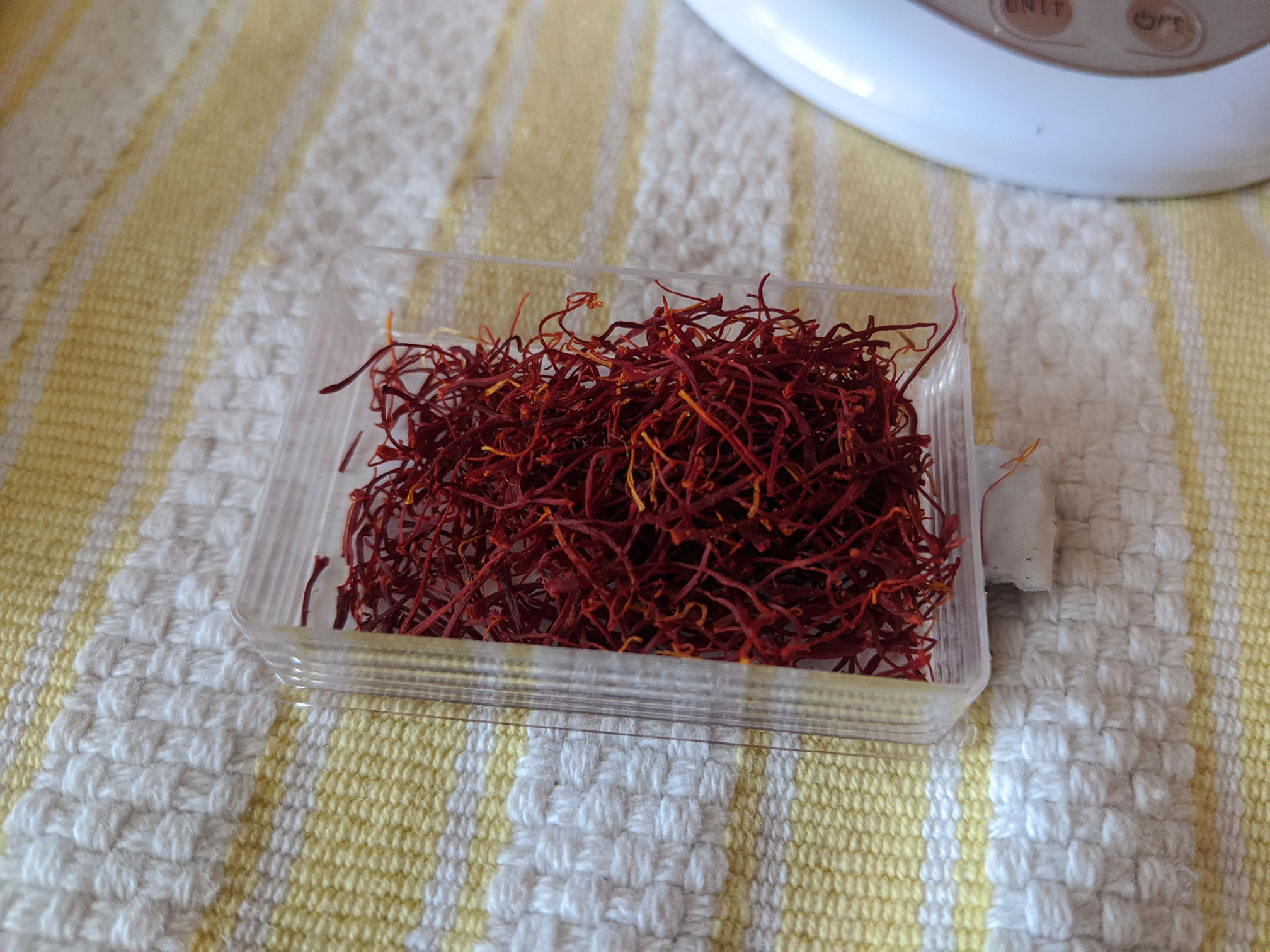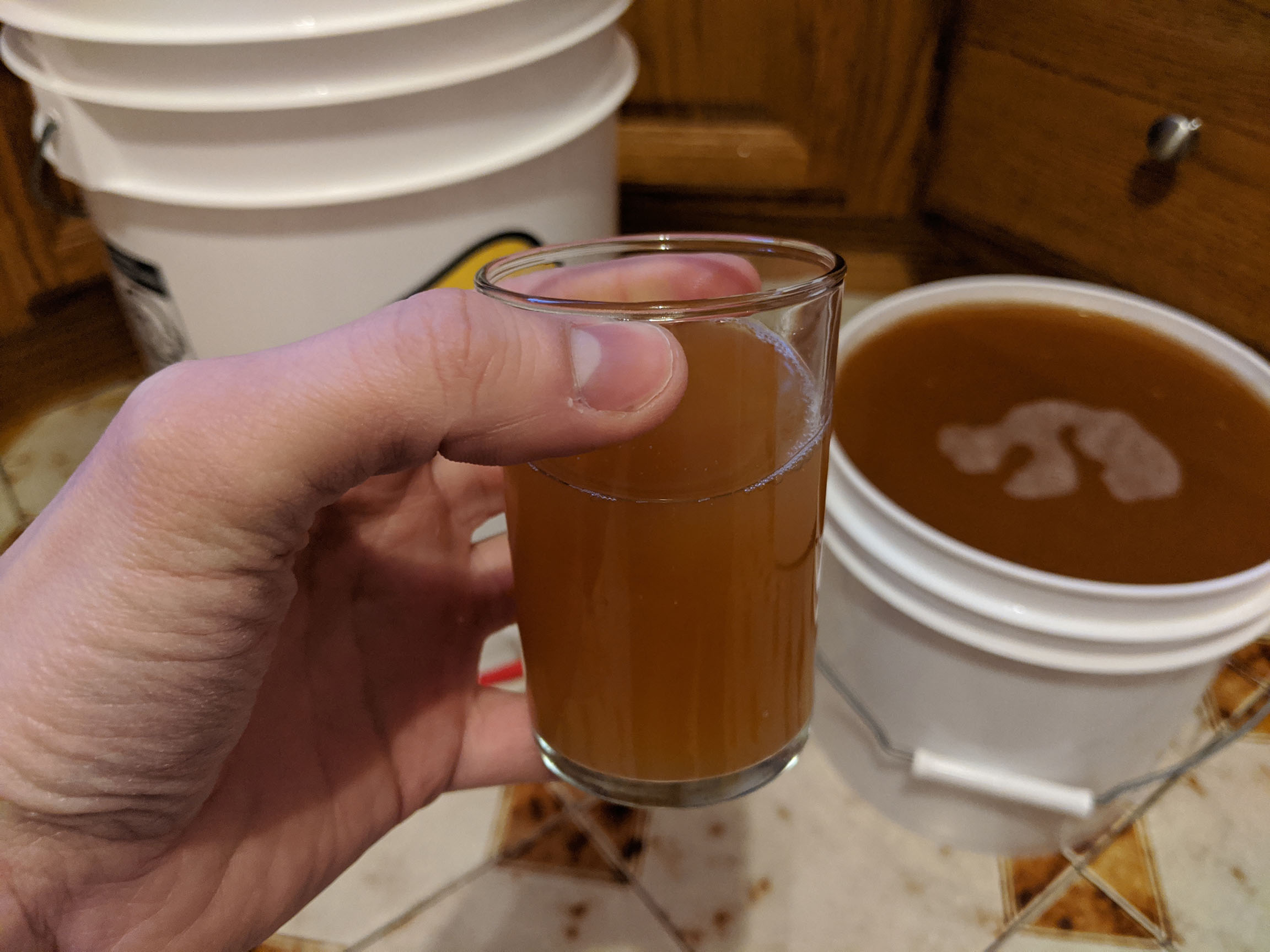"Midas Touch" Clone
by Ben Centra
Ever wonder what people in ancient cultures were drinking? Lucky for us, two people took their curiosity to the next level. Dr. Patrick McGovern is a biomolecular archaeologist who uses modern scientific techniques to analyze samples from excavation sites for their chemical makeup. Sam Calagione is the the founder of Dogfish Head Brewery, a particularly adventurous craft brewery based in Milton, Delaware. Together, they took the findings from Dr. Pat’s studies and re-interpreted them using modern ingredients and equipment. Dogfish Head has released many beers out of this collaboration as the “Ancient Ales” series, of which Midas Touch was the first.
Midas Touch, the first of Dogfish Head's Ancient Ale series.
The drink that became Midas Touch was discovered in the Midas Tumulus in central Turkey. An ancient king - the real-life Midas or his father, Gordius - was buried in this tomb in approximately 700 B.C., along with the remains of a feast. And in some large vats drinking bowls was the residue of an “extreme fermented beverage.” By analyzing the residue, Dr. Pat and his team found marker compounds that suggested the use of grapes, honey, and barley in the drink. And in lieu of real gold the gold-colored residue indicated the use of saffron, a very expensive spice. After the expedition, a contest was held among brewers to create the best interpretation of the drink, and Dogfish Head’s Midas Touch was the winner.
You can read more about the expedition in this essay or in the book “Ancient Brews: Rediscovered and Re-created.” The recipe below is based on the homebrew interpretation of Midas Touch found in the book.
In the book, Dr. Pat goes into great detail about the history and expedition for Midas Touch and several other ancient brews.
Specs
| Style | Ancient Ale |
| Recipe Type | Extract |
| Batch Size | 2 Gallons |
| Original Gravity | 1.086 |
| Final Gravity | 1.013 |
| ABV | 9.6% |
| Color | 7°L |
Ingredients
Are we making beer, or wine, or mead? All three, sort of!
| Fermentables | ||
|---|---|---|
| Kind | Amount | Color (SRM) |
| Extra Light Dry Malt Extract (DME) | 3 lb | 3°L |
| Amber Dry Malt Extract (DME) | 9 oz | 10°L |
| Clover Honey | 1 lb | 4°L |
| White Grape Juice | 4 cups | 3°L |
| Hops | |||
|---|---|---|---|
| Kind | Amount | % AA | Time |
| Simcoe | 0.15 oz | 13% | 60 min |
| Other | |||
|---|---|---|---|
| Kind | Amount | Stage | Time |
| Saffron | 4 threads | Boil | 1 min |
| Yeast | |
|---|---|
| Kind | Amount |
| Safale American US-05 | 1 packet |
In lieu of real gold, saffron will give this brew a golden hue and a unique spiced edge.
To legally call this a beer, Dogfish Head had to add a small amount of hops. In the original drink, it is presumed that saffron alone was used for bittering; hops wouldn’t be introduced to Europe until 700 A.D. And instead of blending finished mead and wine into a barley beer, this recipe ferments all three bases - grape juice, honey, and malt - at the same time.
Recipe
Bring 2 gallons of water to a boil in your kettle. Once boiling, turn off the heat and stir in the malt extract and the honey. Bring the wort back to a boil and let it sit for 15 minutes. Add the hops and boil for 60 minutes, stirring in the saffron threads in the last minute. Cool the wort to approximately 72°F and transfer to your primary fermentor. Before pitching the yeast, check your starting gravity! Add water back to your wort as necessary to reach your target.
Ancient wort looks a lot like modern wort.
When you’re satisfied, pitch the yeast and give the fermentor a shake to aerate the wort. After vigorous fermentation subsides (about 3 days), add the grape juice to your fermentor and let it sit for another 5 to 7 days. Then, rack to secondary and allow the beer to sit for 12 to 14 more days. Finally, it’s ready for bottling. For each gallon of beer, combine 1 oz priming sugar with 1/4 cup boiling water and stir it into the beer. In about two weeks, it’s ready to drink!
Result
I didn’t have a bottle of the “real” thing from Dogfish Head to compare to, but this extreme fermented beverage certainly doesn’t taste like a clone. Does it taste like the real, real thing? That’s nobody’s business but the (ancient) Turks. For a drink with such disparate flavors, they really do come together well.
In just the right light, it looks like liquid gold!
| Appearance | A rich copper color, almost gold when held up to the light, opaque, some off-white head. |
| Aroma | Sugary, bready, a touch of honey, syrupy sweet. No significant hop aroma, nor spice or estery notes. |
| Mouthfeel | Mediium body, not very dry, not overly carbonated, not cloyingly sweet. |
| Flavor | Everything at once, barley, honey, grape, sweet but not overy rich. Not very bitter, just a little saffron upfront, lingering honey and grape. Does not taste as alcoholic as it is. |
| Overall | Surprisingly balanced for its contents and drinkable for its strength. Fit for a king! |
Midas Touch isn’t quite like other beer, or wine. It’s a little of everything all at once - beer, wine, and mead - which makes it something new entirely. Old, technically, but who’s keeping track?
Subscribe via RSS






